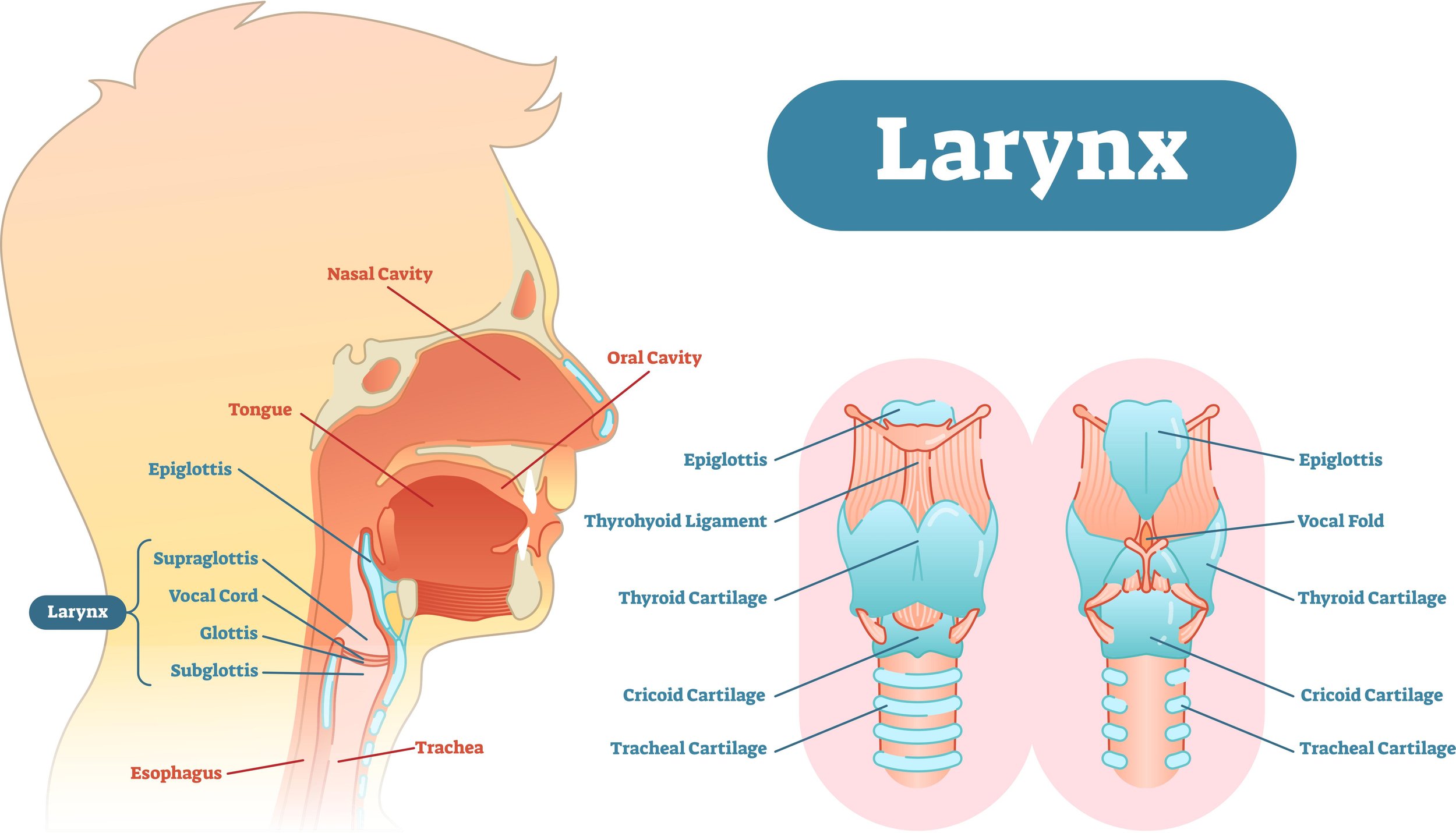Discover How to Feminize Your Voice: A Guide for Complete Beginners
Have you been wondering how to successfully voice train?
Have you had a hard time getting started with a practice routine?
It’s time to turn that around!
As a complete beginner, voice feminization can be paralyzing.
You’re probably thinking, “What exercises should I focus on? How much should I practice? How do I know when I’m doing the exercises right?”
The truth is, vocal feminization doesn’t happen overnight. It’s a marathon, not a sprint. You’ve got to take it one step at a time.
So, I want to share my Beginner’s Guide to Vocal Feminization. Below, you’ll learn a little bit about each element of voice training, a tip to try it out, and then how to start putting it all together at the end.
How to Prepare for Voice Training
Do you really need to prepare for voice training?
The short answer is yes.
There’s a common thought among non-singers that you can either sing or you can’t. You were either born with talent or you weren’t. As a singer and a voice teacher, I can tell you that this is absolutely a myth. Singing is a skill that anyone can learn.
And so is vocal feminization.
Let’s think about it this way. Imagine you’re on vacation at a ski resort. You’ve never been snowboarding, but you insist on taking the ski lift to the top of the highest mountain. You end up sliding down on your butt for most of the way, and you’re so sore you can’t move the next day.
Now, you didn’t succeed this time, but that doesn’t mean that you won’t eventually snowboard down that mountain. It just means you’re not there, yet. You weren’t quite prepared.
So let’s take a look at the most important ways to prepare your voice and body for vocal feminization practice.
Vocal Hygiene
If you think back, you might have noticed times where you felt like you had a frog in your throat or your voice was lower than usual. Maybe you were out late the night before and didn’t get much sleep.
That’s because your voice is very affected by how you treat your body. Dehydration, overuse, and lack of rest are some of the most important factors when it comes to vocal health.
Hydration
Drink 64 oz of Water
In order for the vocal folds to work, we need to be systemically hydrated. That means that our whole body is hydrated. How do we do that? Easy! Drink water.
The vocal folds are two bands of tissue that vibrate together, creating a buzzing sound. That buzzing sound, filtered through our throat and mouth, creates the voice that we hear.
Tip: Try drinking 64 oz of water each day - you’ll help your vocal folds to vibrate more easily!
Overuse/Rest
You might have noticed your voice sounding hoarse or feeling tired after a night out at a loud concert or bar.
Loud environments cause people to push their voices too hard in order to be heard. That projection is often not coming from a supported breath, but from muscle strain.
This added tension in the vocal folds isn’t healthy for the voice and can lead to injury down the road.
Tip: Steer clear of loud environments and avoid yelling or raising your voice.
Vocal Warmups
Warming up is a great way to prevent vocal injury. The best exercises for gently warming up are called SOVT exercises. A couple of examples of these exercises are a lip trill or blowing bubbles in a glass of water through a straw while humming.
SOVT exercises create back pressure on the vocal folds which creates a cushion of air around them. This helps the voice to work effortlessly and efficiently.
Tip: Try following along with the video below!
Breathing
Take a big breath in and blow it out. Can you feel your belly moving in and out as you do this? You might feel more movement in your chest - I refer to that as “shallow breathing”.
While working on vocal feminization, you want to avoid shallow breaths. Instead, allow your belly to fill up and extend as you breathe in and contract as you breathe out.
Tip: Start noticing how you breathe throughout the day.
Okay, now we’re all warmed up. Let’s get into voice training!
Resonance
Why is resonance such a big buzz word in the vocal feminization world?
Because it’s arguably the most important element of voice training!
Learning how to change your resonance can change the gender perception of your voice dramatically.
And the best part is, you already know how to do it!
So, what is resonance, anyway?
Resonance is the sound quality of the voice. Rather than just describing how high or low the pitch of a voice is, you might describe a voice as bright or dark, shrill or boomy, crisp or dull.
Let’s try an exercise.
If I ask you to say, “Good morning, Jennifer” like a little kid, what would it sound like? What would it feel like inside your mouth and head?
Now, try saying, “Good morning, Jennifer” like Darth Vader. Are the sounds/feelings different or similar for you?
By imagining that you were a different character, you changed your resonance.
Try making those sounds again and pay close attention to what you’re actually doing. How low or high is your pitch? How wide or narrow are your lips? What position is your tongue in? Your jaw?
All these things play a part in the resonance of the voice.
Here's the goal in vocal feminization: a brighter sound quality (closer to the little kid voice). Bright sounds are more feminine perceived.
Tip: Try playing around with different kinds of character voices. Notice what’s going on with your vocal tract!
Pitch
Pitch is the first thing that most people think of when it comes to vocal feminization. It may not be as important as you think it is, though.
Pitch is how high or low a tone is. Pitch can remain the same while resonance changes. You can hold the same fundamental frequency and change the shape of your vocal tract to get a different sound quality.
Similarly, pitch can go up and down while resonance stays the same. They’re not a package deal!
Pitch is measured in hertz (hz) or in musical note names. Generally speaking, feminine perceived voices start around 165 hz, or an E3 and go up from there. A good target range is from about an E3-A3, or 165 hz - 220 hz.
Tip: To explore your pitch, download the Voice Tools app. Hum through a straw and explore your high highs and low lows - you’ll be surprised how high and how low you can go!
Vocal Weight
While resonance refers to how your vocal sound is changed by the vocal tract, vocal weight pertains to how thick or thin your vocal folds are as they’re vibrating. This is also referred to as open quotient (thin sounds) or closed quotient (thick sounds).
A thicker vocal weight results in a more masculine perceived voice, while a thinner vocal weight results in a more feminine perceived one.
Tip: Try the exercises below to feel the difference between light and heavy sounds.
Imagine you just stubbed your toe. Yell “AGH!” This is a heavy sound.
Now imagine you’re looking at a sweet little kitten and say, “Awwwww!!” This is a light sound.
Articulation
Articulation describes how we form consonants in our mouths. Some people use more air pressure when they speak, and others use less.
Feminine perceived voices are often lighter in articulation. Masculine perceived voices often use more pressure behind consonants.
Tip: Try this exercise to notice how much pressure you use.
Say the following aloud: Monday, Tuesday, Wednesday, Thursday, Friday, Saturday, Sunday
Now say the days of the week completely silently, just mouthing them.
Do you feel a difference in the amount of pressure?
How to put it all together
Okay, so now that you’ve learned the basics, it’s time to get practicing!
The best way to practice is to work on one element at a time, then start layering two, then three, and go from there. You can use single words to start, then short phrases, sentences, and finally, longer passages.
You’ve got this!
Feeling like you need more direction?
Discover your new voice by taking a few vocal feminization lessons!
There are endless reasons to take lessons: individualized instruction, objective feedback, study guides, motivation.
The best part is you don’t have to go it alone.
Click the link below to sign up for your first Vocal Feminization Consultation!























